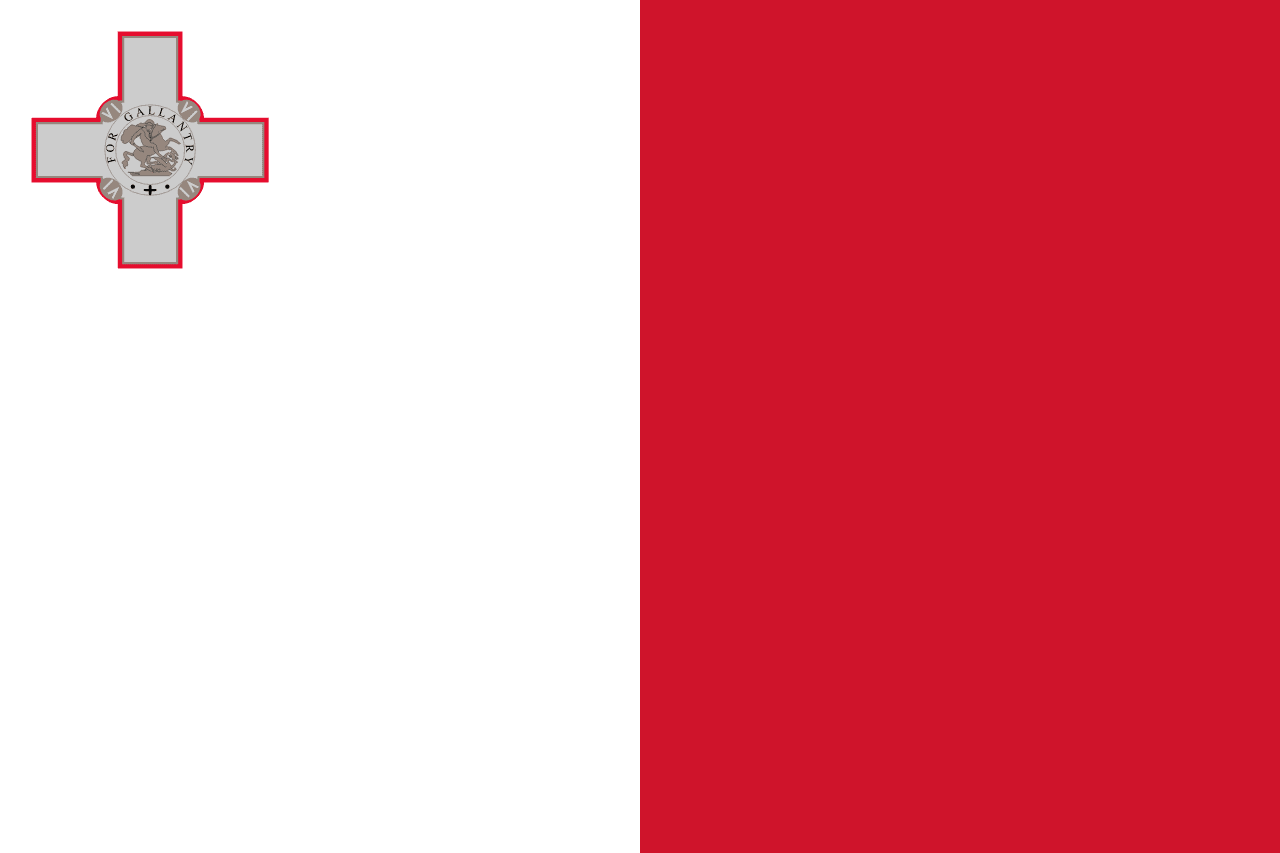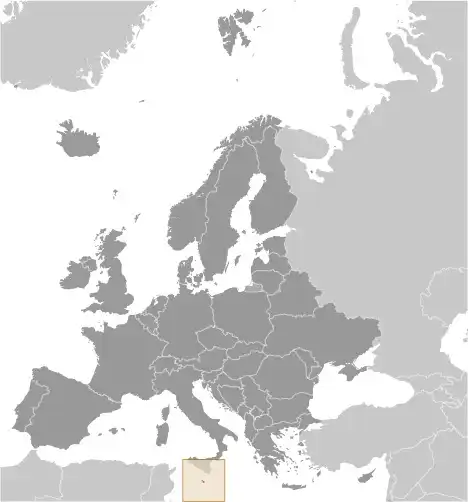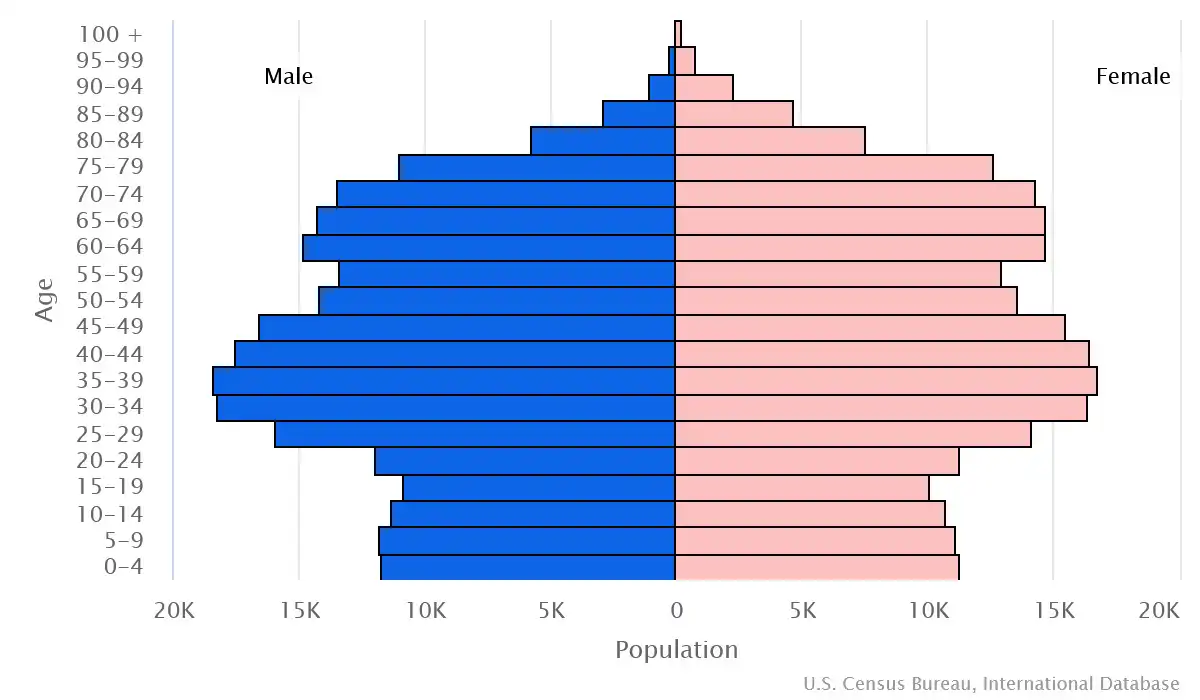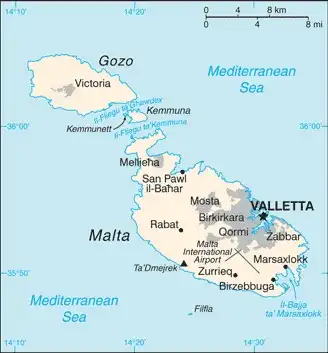
Malta Country Profile
Key Facts of Malta

| Government type: | parliamentary republic |
| Capital: | Valletta |
| Languages: | Maltese (official) 90.1%, English (official) 6%, multilingual 3%, other 0.9% (2005 est.) |
Malta Demographic Data
Ethnic Groups in Malta(est. ?)
Religious Groups in Malta (2006 est.)
Age pyramid of Malta

Malta Economy Statistics
Economic overview of Malta
high-income, EU-member European economy; diversified portfolio; euro user; dependent on food and energy imports; strong tourism, trade, and manufacturing sectors; high North African immigration; large welfare system; educated workforce
Malta Real GDP (purchasing power parity) in Billion $
Malta Real GDP per capita in $
Malta's Exports & Imports in billion $
Top 5 Import Partnerin 2022 (51%) of Malta
Top 5 Import Commodities in 2022 of Malta
- ships 🚢
- refined petroleum ⛽
- aircraft ✈️
- integrated circuits 💻
- packaged medicine 💊
Top 5 Export Partnerin 2022 (34%) of Malta
Top 5 Export Commodities in 2022 of Malta
- integrated circuits 💻
- packaged medicine 💊
- refined petroleum ⛽
- fish 🐟
- postage stamps/documents ✉️/📄
Geography of Malta
Map of Malta

Land and Water Distrubtion of Malta
Natural Resources of Malta
- limestone 🪨
- salt 🧂
- arable land 🌱
Climate inMalta
Mediterranean; mild, rainy winters; hot, dry summers
History of Malta - a Summary
With a civilization that dates back thousands of years, Malta boasts some of the oldest megalithic sites in the world. Situated in the center of the Mediterranean, Malta’s islands have long served as a strategic military asset, with the islands at various times falling under the control of the Phoenicians, Carthaginians, Greeks, Romans, Byzantines, Moors, Normans, Sicilians, Spanish, Knights of St. John, and French. Most recently a British colony (since 1814), Malta gained its independence in 1964 and declared itself a republic 10 years later. While under British rule, the island staunchly supported the UK through both world wars. Since the mid-1980s, the island has transformed itself into a freight transshipment point, a financial center, and a tourist destination, as its key industries moved toward more service-oriented activities. Malta became an EU member in 2004 and joined the eurozone in 2008.
